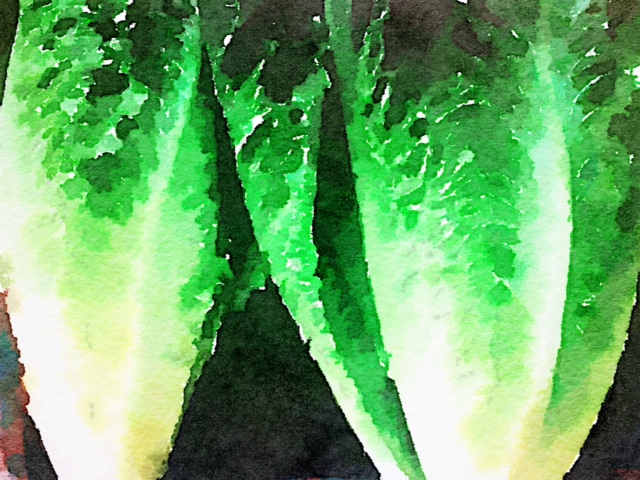Pregnancy at 36 Weeks
Your growing baby…
- Your baby is gaining weight at about an ounce a day and weighs about 6 pounds.
- He is probably more than 18 1/2 inches long.
- Lanugo, the downy hair that covered his body is shedding along with the vernix caseosa (the waxy protective substance that covered his skin in utero).
- Believe it or not your baby swallows most of these substances which will pass out in his first stool (meconium).
At the end of this week, your baby will be considered “early term.” (Full-term is 39 to 40 weeks. Babies born before 37 weeks are pre-term, 41 weeks is late term, and those born after 42 are post-term.) Most likely your baby is already head-down. But if not, your practitioner may suggest scheduling an external cephalic version (ECV). That’s a fancy way of saying that your practitioner will apply pressure to your abdomen to try to manipulate your baby into a head-down position.
Your life at this final stage of pregnancy.
Your baby is taking up a lot of room. Eating a regular size meal may in fact be very uncomfortable. Smaller meals more frequently are better at this stage.
When you baby drops into your pelvis (lightening) you may have increased pressure in your lower abdomen. Walking may be more uncomfortable and you may again have to pee more often.
- Braxton Hicks contractions may be more frequent.
- Traveling too far from home and your practitioner is probably not a good idea at this point since labor could begin at any time.
Be sure to review the signs of labor with your practitioner and find out when she wants to hear from you. As a general rule, if you’re full-term, your pregnancy is uncomplicated, and your water hasn’t broken, she’ll probably have you wait to come in until you’ve been having contractions that last for about a minute each, coming every five minutes for an hour. Of course, you’ll want to call right away if you notice a decrease in your baby’s activity or think you’re leaking amniotic fluid, or if you have any vaginal bleeding, fever, a severe or persistent headache, constant abdominal pain, or vision changes.
“Start collecting take-out and delivery menus from local restaurants. You won’t have time to cook in the early weeks after giving birth. Even restaurants without a visible take-out business will usually accommodate a to-go order (especially if it’s for a new mom!).”
The stages of labor
- Fifteen hour labors are not uncommon for 1st time moms.
- Eights hours is not uncommon for moms with previous vaginal deliveries
3 Stages of Labor:
First Stage:
- Starts when you start having regular contractions that dilate and efface your cervix.
- There are 2 phases of the 1st stage of labor, early and active labor.
Early labor ends when you are dilated about 4 centimeters. Active labor is when your contractions are more frequent, longer and stronger.
The last part of the active phase is when you cervix dilates from 8 to 10 centimeters. It is called “transition phase” because you are transitioning into the second stage of labor.
Transition is often the most difficult period of the first stage.
Second stage:
- Starts when your cervix is fully dilated.
- This is the “pushing” stage of labor.
- This stage will last anywhere from a few minutes to a few hours.
- It is usually quicker if you have had previous vaginal deliveries.
Your baby’s head will continue to advance with each push until it “crowns” — the term used to describe the time when the widest part of your baby’s head is finally visible. After your baby’s head comes out, your midwife or doctor will suction his mouth and nose, and feel around his neck for the umbilical cord. His head then turns to the side as his shoulders rotate inside the pelvis to get into position for their exit. With the next contraction, you’ll be coached to push as his shoulders deliver, one at a time, followed by the rest of his body.
- After your baby is delivered you may feel many emotions including feeling exhausted followed by a burst of energy.
Stage three:
- This stage begins immediately after the deliver of your baby.
- It ends with the delivery of your placenta.
This week :
Create a grapevine. Make a list of all the people you want to hear about your baby’s birth — with their phone numbers or e-mail addresses — and pass this along to a friend who can spread the news. That way, when you’re ready for others to know, all you have to do is make one call. Include at least one person from work on the list, so they can spread the word there.

